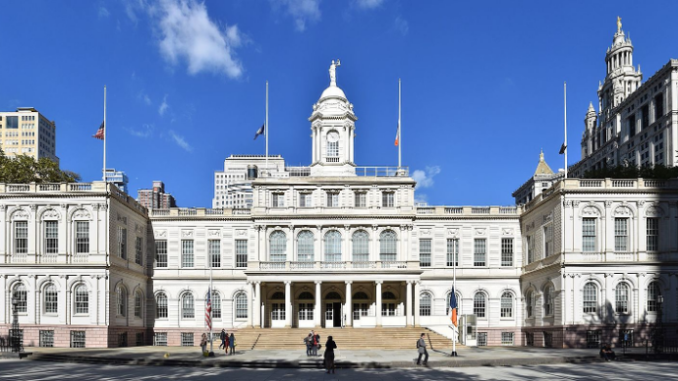
BY SANDERS KENNEDY
The New York City Council passed a bill on Wednesday, Oct. 23, requiring the Administration of Children’s Services and the Department of Probation to expand reporting requirements on juvenile justice statistics, amid a rise in violence in the city’s juvenile detention centers.
The amended bill follows previous legislation, called Raise the Age, which mandated that children under the age of 18 cannot be prosecuted as adults in criminal cases in New York State. That increased the population in youth detention facilities.The bill would increase the frequency of the ACS and Probation reports on programs offered to probationers and reoffenders that are placed in two of NYC juvenile detention centers, Crossroads, in Brooklyn, and Horizon, in the Bronx, operated by ACS’s Division of Youth and Family Justice.
Since Raise the Age took effect in 2019, there has been a rise in reports of violence in the juvenile detention centers, according to a 75-page report from the Department of Investigation. In September 2022, six Crossroads employees were injured, four of whom were escorted to the hospital. The staff escorted to the hospital had been punched, tackled, choked, knocked to the floor, and had various injuries, according to the report.
Joan Gardner, Deputy Commissioner of Juvenile Operations for the Dept. of Probation, testified in June that providing frequent reports on juvenile statistics would be difficult to implement. “DOP is willing to be transparent,” she said. “However, the frequency of the reporting requirements would present operational, and staffing challenges.” But she promised to work with the Council to achieve the bill’s goals.
While the exact date of ACS’s posting of juvenile justice statistics on their website is unclear, the data is currently available stating they are in compliance with local law 44 that passed in 2023.
There was a total of 576 cases of physical restraints by department staff on youth in custody at the Crossroads and Horizon Centers, but only one report of injury, according to ACS 2024 juvenile report. There were no statistics on injuries to the staff members.
ACS, which oversees the facilities, indicated that reports on violence towards staff members was finalized in May 2023, and does not reflect the recent increase in population of youth.
“Despite the increase [of juveniles], violence is down, restorative work with youth is making a difference,” said Stephanie Gendell, a spokeswoman for the agency.
In its Frequently Asked Questions response to concerns about safety for Youth Development Specialists (YDS) working in detention centers, the ACS noted that many juveniles in these facilities have faced significant trauma, which can lead to emotional outbursts. While staff occasionally encounter challenges, ACS stated that the risks are not as dangerous as those faced by firefighters or police officers.
“Occasionally, YDS may experience a minor injury, but they are never in life-threatening danger such as a fire fighter or police officer,” according to ACS FAQ.
This was not the case with a former Crossroads Juvenile Center staff member, Kate, who requested using only her first name. She would come home with marks on her arms from either breaking up a fight between two teens or being attacked by one.
“Every day was hell,” said Kate. “I would come home and have to explain to my husband why I have bruises on my arms. I shouldn’t have to feel like I need to learn how to fight to be safe at work.”
Kate quit in 2022, after working at the detention center in less than a year. She was aware of the challenges that would come with the job but was told that there were proper security measures in place to ensure minimal danger. She also struggled with her mental health due to empathizing with the youth’s unfortunate life experiences.
“I was promised that I would be safe,” said Kate. “There’s only so much empathy I can have for these kids. The abuse to my mental health was worse than the physical abuse.”
